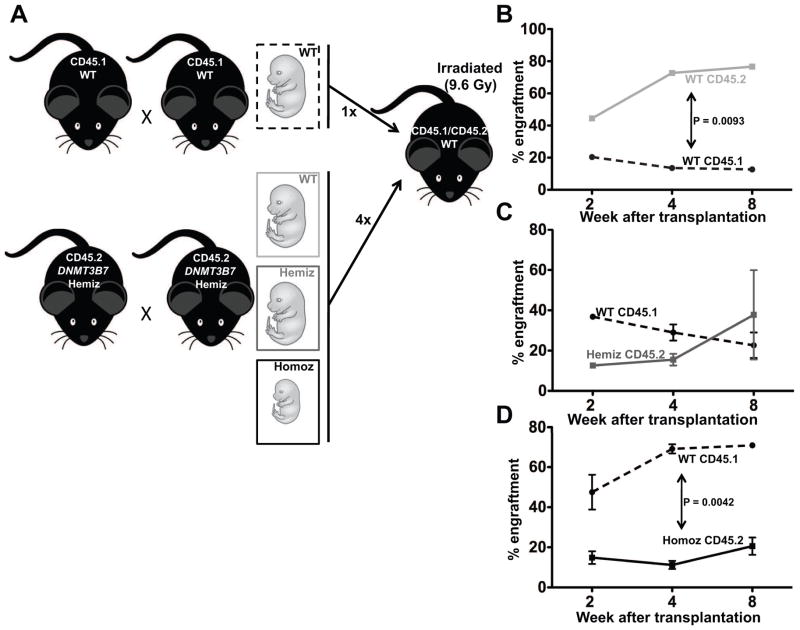Figure 2. DNMT3B7 homozygous cells are functionally incapable of repopulating the recipient bone marrow.
(A) Schematic of competitive transplantation experiments. Briefly, CD45.2-bearing DNMT3B7 hemizygous mice were timed-mated and embryos were isolated at E14.5. Simultaneously, CD45.1-bearing wild-type (WT) mice were timed-mated and embryos isolated at E14.5. Fetal liver cells were made into single-cell suspensions, and the CD45.1-bearing competitor WT cells were mixed with the CD45.2-bearing experimental cells at 1:4, and injected into lethally irradiated (at 960 rads) CD45.1/CD45.2-bearing WT female mice. Mice were monitored for two months and assessed for the engraftment of CD45.2+ cells. (B) Percent engraftment of CD45.1-bearing WT competitor cells (dashed line) and CD45.2-bearing WT experimental cells (light grey solid line). (C) Percent engraftment of CD45.1-bearing WT competitor cells (dashed line) and CD45.2-bearing DNMT3B7-hemizygous (Hemiz) experimental cells (dark grey solid line). (D) Percent engraftment of CD45.1-bearing WT competitor cells (dashed line) and CD45.2-bearing DNMT3B7-homozygous (Homoz) experimental cells (black solid line). In panels B–D, average percentages from n ≥ 4 per group ± SEM are plotted.

